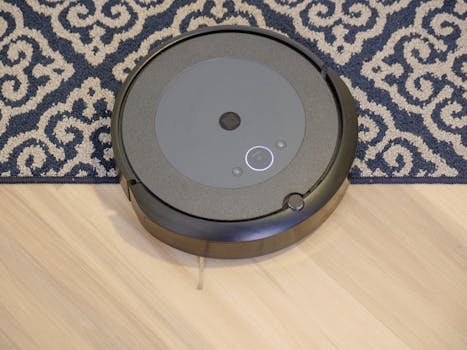
Smart Homes and Smart Living: The Technological Transformation of European Homes by 2025
Smart Homes and Smart Living is revolutionizing the way we live, work, and interact with our surroundings. The concept of smart homes and smart living refers to the integration of advanced technologies, such as artificial intelligence, Internet of Things (IoT), and data analytics, to create a more comfortable, convenient, and sustainable living environment.
Introduction to Smart Homes and Smart Living
Smart homes and smart living is not just about installing smart devices and gadgets; it’s about creating a holistic ecosystem that enhances the overall quality of life. By 2025, European homes are expected to undergo a significant transformation, driven by advances in technology and changing lifestyles.
The Benefits of Smart Homes and Smart Living
The benefits of smart homes and smart living are numerous. Some of the most significant advantages include:
- Energy efficiency: Smart homes can optimize energy consumption, reducing waste and lowering utility bills.
- Convenience: Smart devices can be controlled remotely, making it easier to manage daily tasks and routines.
- Comfort: Smart homes can adjust temperature, lighting, and entertainment systems to create a personalized environment.
- Safety and security: Smart homes can detect potential threats, such as intruders or water leaks, and alert homeowners.
- Sustainability: Smart homes can reduce waste, conserve resources, and promote eco-friendly practices.
Technologies Driving Smart Homes and Smart Living
Several technologies are driving the growth of smart homes and smart living, including:
- Artificial intelligence (AI): AI-powered devices can learn and adapt to homeowner preferences, optimizing energy consumption and improving comfort.
- Internet of Things (IoT): IoT devices can connect and communicate with each other, creating a seamless and integrated smart home ecosystem.
- Data analytics: Data analytics can help homeowners and manufacturers optimize performance, identify trends, and predict maintenance needs.
- 5G networks: 5G networks will provide faster, more reliable, and lower-latency connectivity, enabling the widespread adoption of smart home devices.
European Homes by 2025
By 2025, European homes are expected to be equipped with a range of smart devices and systems, including:
- Smart thermostats and temperature control systems
- Smart lighting and shading systems
- Smart security and surveillance systems
- Smart entertainment and audio-visual systems
- Smart kitchen and laundry appliances
These devices will be connected to the internet, allowing homeowners to control and monitor their smart home remotely, using smartphones, tablets, or voice assistants.
Challenges and Opportunities
While the benefits of smart homes and smart living are significant, there are also challenges and opportunities to consider:
- Data privacy and security: Smart homes generate vast amounts of data, which must be protected from cyber threats and unauthorized access.
- Interoperability: Different devices and systems must be able to communicate and integrate seamlessly.
- Cost and affordability: Smart home devices and systems can be expensive, making them inaccessible to some homeowners.
- Education and awareness: Homeowners must be educated about the benefits and risks of smart homes and smart living.
Conclusion
Smart homes and smart living are transforming the European home, offering unparalleled convenience, comfort, and sustainability. By 2025, European homes will be equipped with a range of smart devices and systems, connected to the internet and controlled remotely. While there are challenges and opportunities to consider, the benefits of smart homes and smart living make it an exciting and promising future for homeowners and manufacturers alike.






